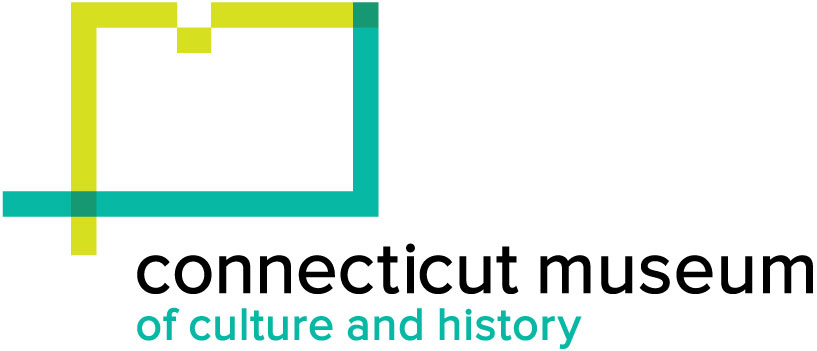Interview with Marcia Smith
IntervieweeInterview with
Marcia Smith
American, 1931 - 2021
InterviewerInterviewed by
Sharon Brais
Date2007 October 3
DimensionsDuration: 1 Hour, 11 Minutes, 53 Seconds
ClassificationsGraphics
Credit LineGift of the Connecticut Bar Foundation
DescriptionOral history interview with Marcia Smith who was interviewed by Sharon Brais on October 3, 2007 for the Connecticut Bar Foundation's History of Connecticut Women in the Legal Profession Project.
- Early Life/Education: Marcia Smith, born in 1931 in Bridgeport, Connecticut, discusses her early education, graduating from Bassick High School in 1949.
- College and Interests: She recounts her love for history, studying it at UConn and the University of Pennsylvania
- Post-Great Depression Era: Financial hardiships for her and her family.
- Harvard Law School Experience: In 1953, she applied to various law schools. As a member of the fourth class of women admitted to Harvard Law, she describes the lack of facilities for women and the pervasive discrimination from professors
- Mentions: Civil Rights and Women's movements.
- Korean War Veterans: She notes the presence of Korean War veterans in her class, who were generally older and less arrogant than other male students.
- Bar Exam and Early Career in Public Service: Smith recounts preparing for the Bar Exam in New Haven with her cousin and other friends. She discusses the LSATs.
- Post-graduation: She sought opportunities with Cy Cone, a U.S. Attorney, and eventually joined the Legislative Commissioner's Office 1957 to 1959.
- Life After Marriage: Marcia Smith left her job when she married in 1959 and moved to Torrington.
- Social Norms: She reflects on the societal expectations for women to prioritize marriage and family over careers.
- Community Involvement: She was actively involved in various community organizations in Torrington, including the League, Catholic Charities, and the Junior Republic Board.
- Early Life/Education: Marcia Smith, born in 1931 in Bridgeport, Connecticut, discusses her early education, graduating from Bassick High School in 1949.
- College and Interests: She recounts her love for history, studying it at UConn and the University of Pennsylvania
- Post-Great Depression Era: Financial hardiships for her and her family.
- Harvard Law School Experience: In 1953, she applied to various law schools. As a member of the fourth class of women admitted to Harvard Law, she describes the lack of facilities for women and the pervasive discrimination from professors
- Mentions: Civil Rights and Women's movements.
- Korean War Veterans: She notes the presence of Korean War veterans in her class, who were generally older and less arrogant than other male students.
- Bar Exam and Early Career in Public Service: Smith recounts preparing for the Bar Exam in New Haven with her cousin and other friends. She discusses the LSATs.
- Post-graduation: She sought opportunities with Cy Cone, a U.S. Attorney, and eventually joined the Legislative Commissioner's Office 1957 to 1959.
- Life After Marriage: Marcia Smith left her job when she married in 1959 and moved to Torrington.
- Social Norms: She reflects on the societal expectations for women to prioritize marriage and family over careers.
- Community Involvement: She was actively involved in various community organizations in Torrington, including the League, Catholic Charities, and the Junior Republic Board.
Object number2024.38.31a-e
NotesProject Overview: At the turn of the 20th century, other than Mary Hall, women lawyers were virtually unknown in Connecticut. By contrast, at the turn of the 21st century, law schools were enrolling roughly the same number of women as men. Since their earliest time at the bar, women have become leaders in all areas of the profession at a pace out of all proportion to their brief history and number. In 1999, the Fellows of the Connecticut Bar Foundation initiated the Oral History of Connecticut Women in the Legal Profession Project. Within the framework of this dynamic project, the Fellows have been creating a permanent video, audio, and photographic historical record of milestone achievements of women as they have become more visible and achieved prominence in the field of law. In 2019, a leadership donation of $20,000 from the law firm of Carmody Torrance Sandak & Hennessey enabled the project to significantly broaden its scope and plan for the future.
Through its first two phases, the project worked with award-winning documentarian Karyl Evans and attorney/photographer Isabel Chenoweth to produce fifty-eight oral history interviews with outstanding female attorneys and 118 portraits of women in the Connecticut judiciary.
The oral history interviews have collected the stories of women whose ingenuity, perseverance, and intelligence dismantled barriers that historically prevented women from pursuing careers in the law. Connecticut has benefited from the efforts of these “pioneers” as they enriched the legal profession by joining the ranks of their male peers and paved the way for more women to join the profession. (Source: Connecticut Bar Foundation)
Subject Terms
- Women
- Lawyers
- Women lawyers
- Oral history
- Interview films
- Interview transcripts
- Interviews
- Oral narratives
- Attorneys
- Bridgeport (Conn.)
- University of Connecticut
- Philadelphia (Pa.)
- Law schools
- Gender roles
- Women's rights
- Civil rights movement
- Korean War, 1950-1953
- Veterans
- New Haven (Conn.)
- Torrington (Conn.)
- Charities
- Family
- Education
- History
- Great Depression, 1929-1939.
- Marriage
- Interviews and Oral Histories
- History of Connecticut Women in the Legal Profession Project
On View
Not on view